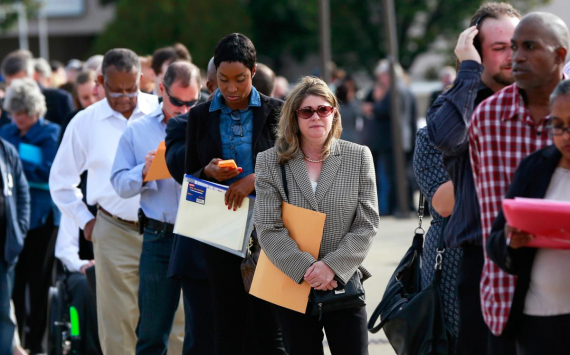
Unemployment benefits
The results were better than economists predicted, but unemployment is still high due to the ongoing COVID-19 outbreak.
coronavirus pandemic. Restaurants, cinemas and entertainment centres have closed across the country and many businesses have been forced to downsize due to lost customers or weak demand.
On Thursday, the US Department of Labor reported that the number of jobless claims filed for the week ended January 16 fell to 900,000 from the previous week's five-month high of 926,000. This is better than market analysts expectations of 910 thousand, but still well above pre-pandemic levels. The US unemployment rate stood at 6.7% in December compared to around 3.5% at the start of 2020.
The US unemployment rate stood at 6.7% in December compared to around 3.5% at the start of 2020.
The fall in December was due to the termination of unemployment benefit schemes for the self-employed in the USA, who were previously ineligible for benefits but were also hit hard by the COVID-19 pandemic. The rise in the last two weeks reflects the US government's adoption of Cares 2 relief programme in December, which included these payments.
Market experts say the unemployment rate is likely to remain elevated for some time as the number of COVID-19 cases in the country remains high and the new relief programme has not yet been considered by Congress.
The number of new job openings has been falling for the past three months. The economy recovered about 12.4 million of the 22.2 million jobs lost in March and April, according to government figures.
The number of people sickened by the coronavirus in the US since the pandemic began has surpassed 24 million, with 400,000 deaths. There were 4,200 deaths in the country on Wednesday, the second highest number in the history of the pandemic.
A report from the US Department of Commerce showed a positive trend in the new home construction market. New home construction and building permits in the US rose sharply by 5.8% in December as historically low mortgage rates supported the housing market, but the pace of growth may slow due to rising lumber prices and labour shortages.







